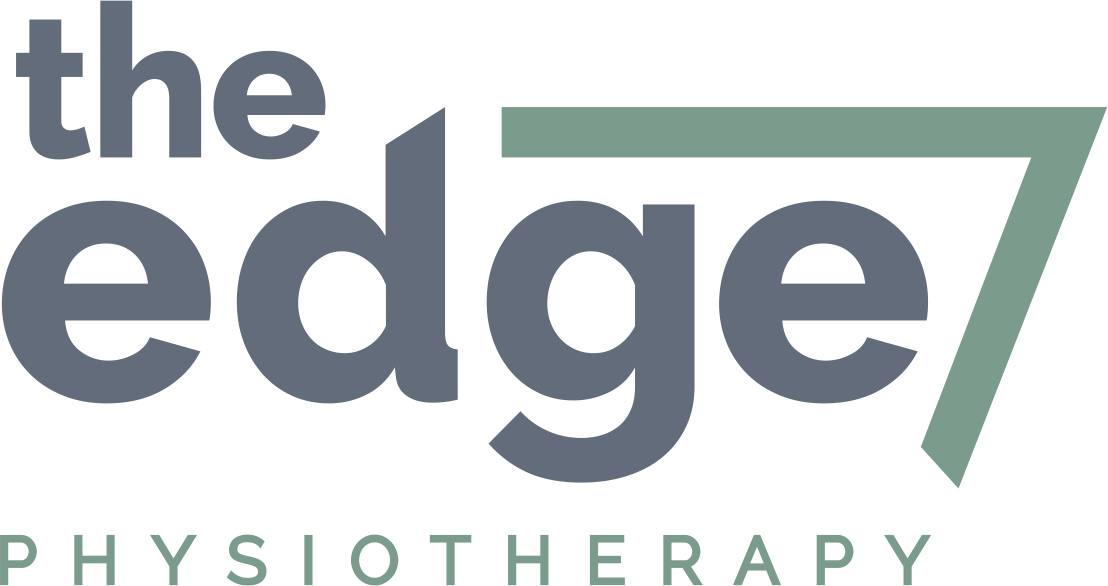Bone density in children
One of the more interesting facts that I learnt while studying paediatrics is that by 8 years of we have laid down the foundations of what will be our bone density. Not to say that it won’t change over time, but the years building up to 8 years of age are crucial for the foundations of bone health that we will have over our lifetimes.
Bone itself is fascinating and one of my favourite units of study was osteotomy. I was and continue to be enthralled by how just looking at bones, the curves, density, mineral composition could tell you many things about the lives of the people who lived. Bone, It is hard while being flexible as load from our environments changes its very cellular composition. We need things like calcium and phosphorus to build good bone health. If you want to know what a certain bone is built for eg. the femur, all you have to do is look at the organisation of the bone itself on a smaller scale, is it designed for cushioning, for deformation such as at the growth plates, to take load, or for support?
The very shape and size of your bones will change as you grow, and the mineral content is dependent on age, sex, health and general activity levels of the person. Our bone mass will grow as puberty sets in with each growth spurt, and as we meet our ideal height it peaks and stops. Around 90% of your bone mass is gained by the end of your teens and about 50% of it is laid dow during adolescence.
Some of the more common problems you will hear when it comes to children and bone related health include poor bone density, frequent fractures, stress fractures, growth plate injuries, osteomyelitis (inflamed bone)… just to name a few. Some would argue that the reason we’re seeing more boney issues in children come down to factors such as lack of expose to high weight bearing activities. With the advent of ‘safe’ playgrounds, kids are playing on cushioned surfaces which in turn affects bone health as the ground force reaction is less and we need high weight bearing activities to encourage good bone health. Others would argue that with the advent of modern medicines such as corticosteroids with Asthma management, children are experiencing more bone related injuries due to softening of bone (a side effect of prolonged use of corticosteroids). This blog is by no means a space for me to explore these points, rather just to draw attention to their existence and by doing so creating a discourse around paediatric health that will lead to better outcomes for our young generation.
When it comes down to it, a lifestyle that includes healthy nutrition, getting outside and playing, in a sun safe manner with adequate exposure to Vitamin D, are all good prescriptions for longevity and health regardless. Should you have concerns about your child’s bone health, always discuss this with your trusted health professional.
Sam and Andy


